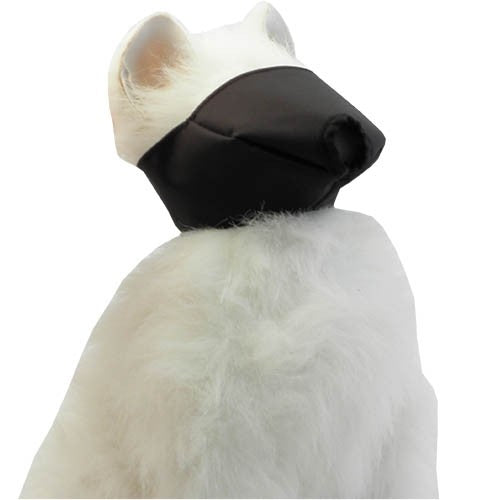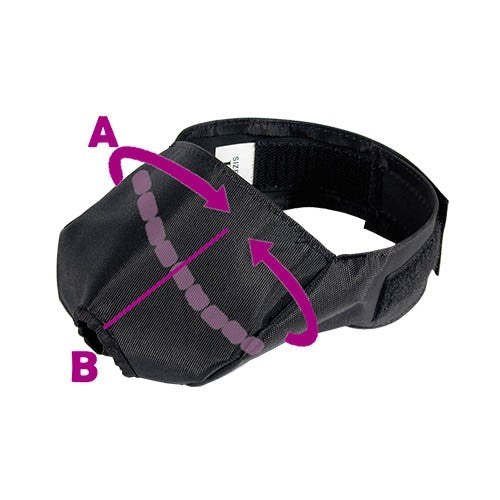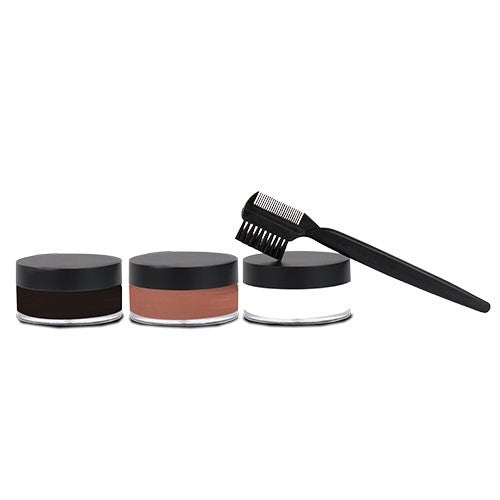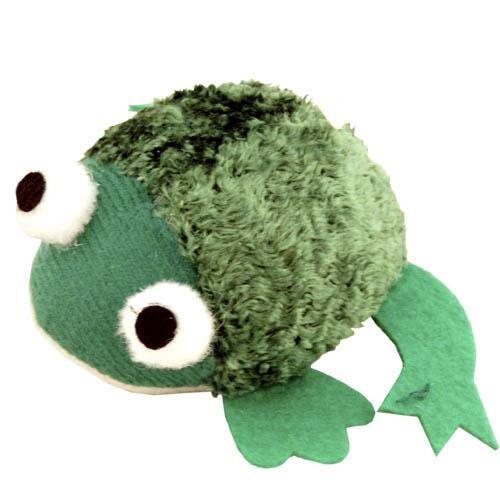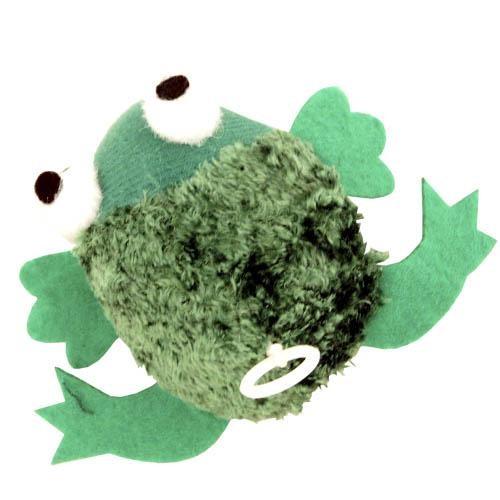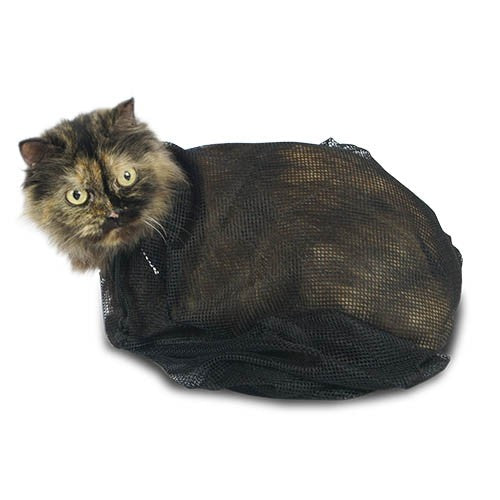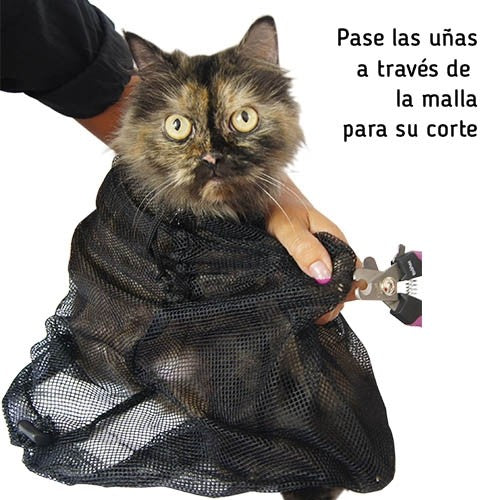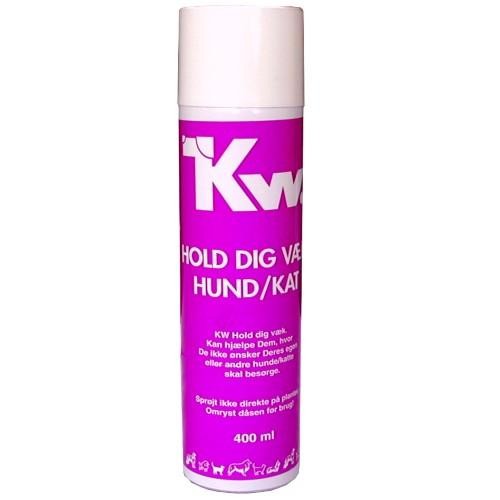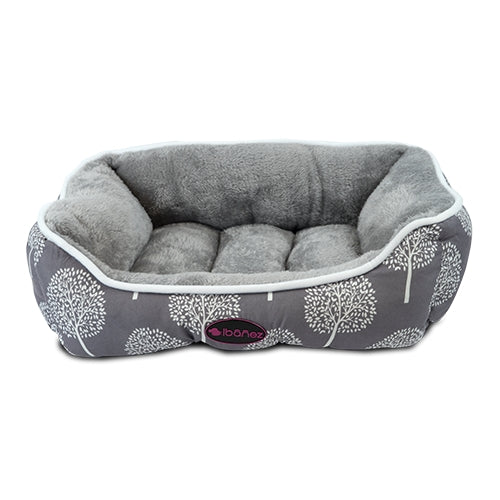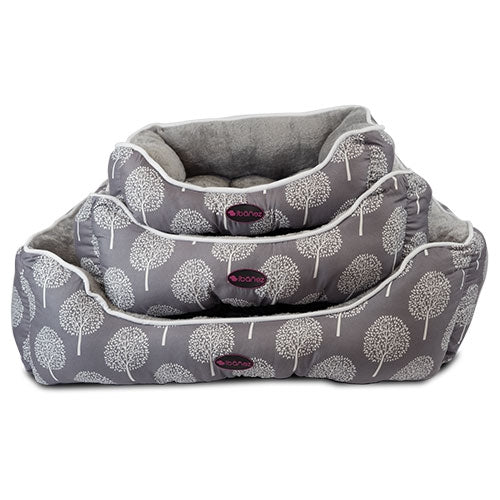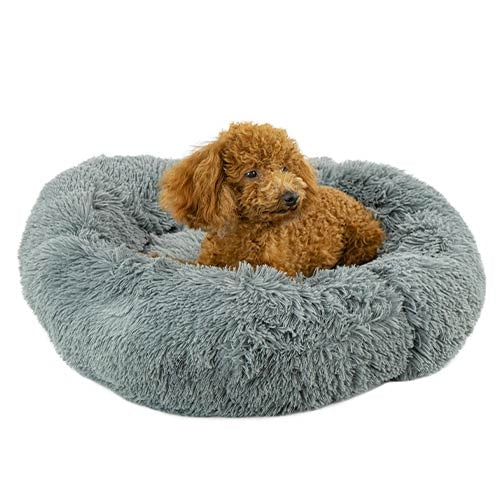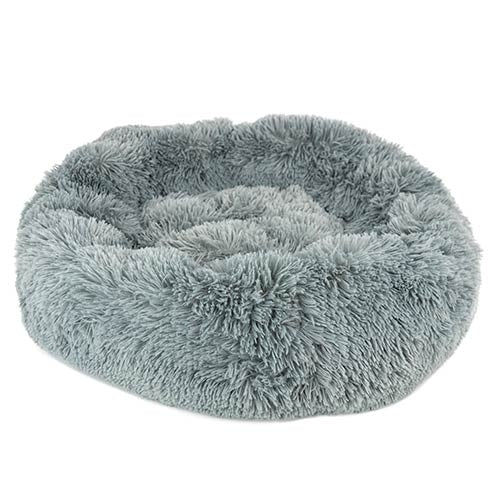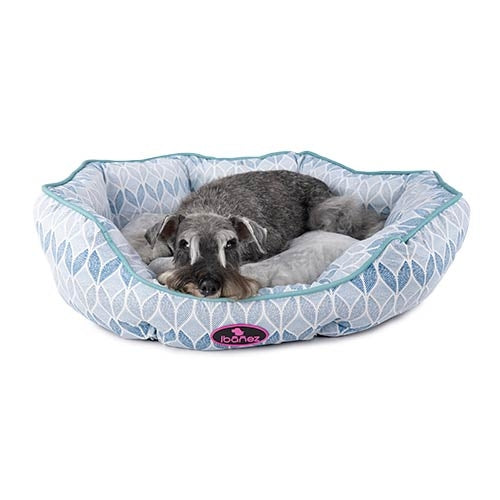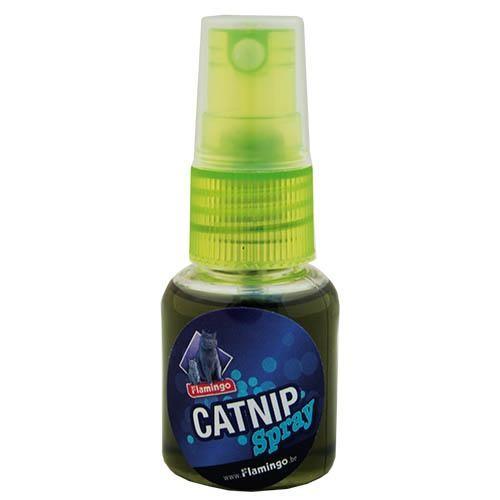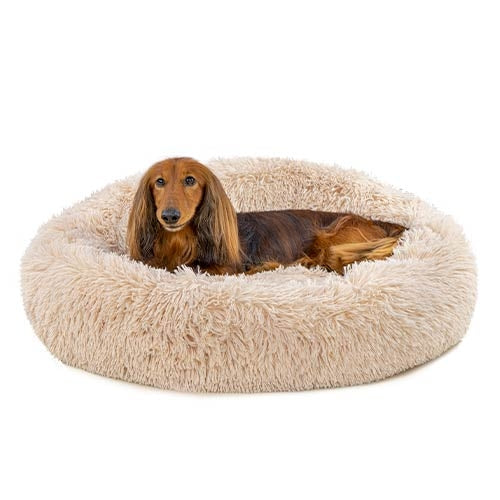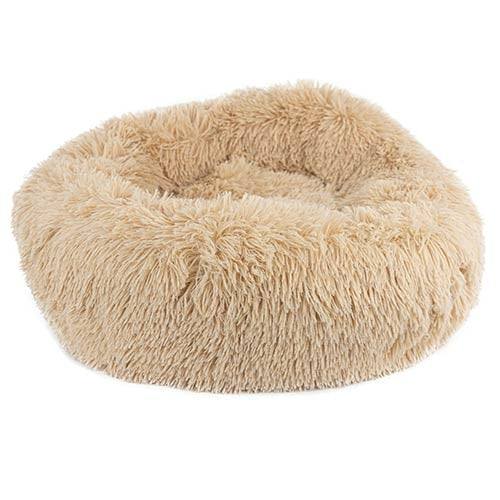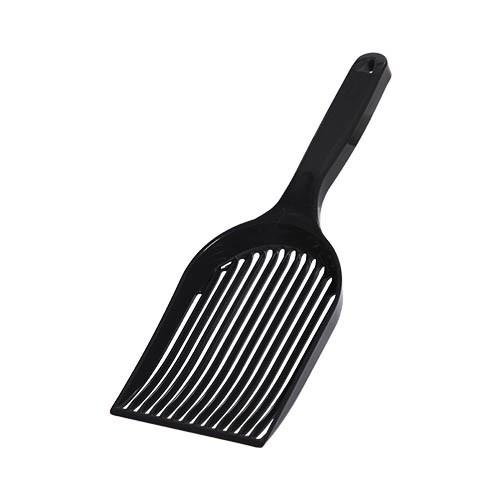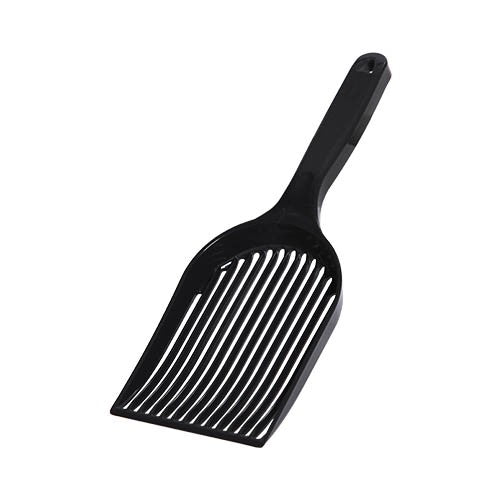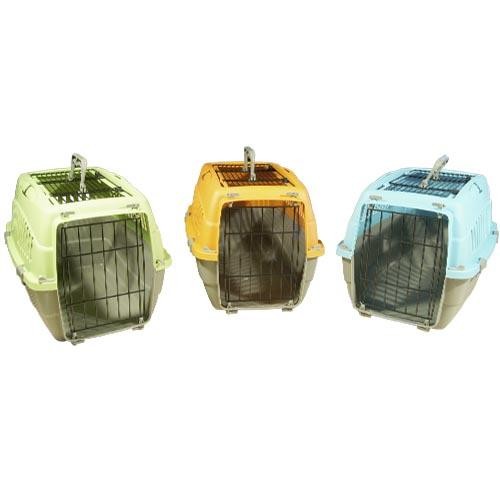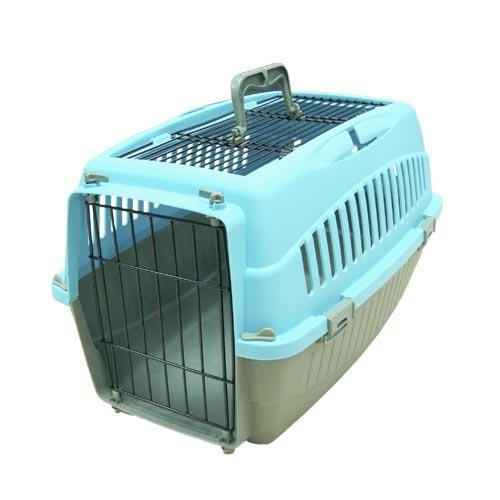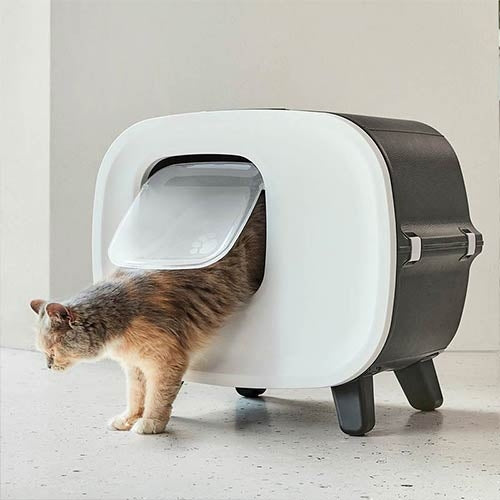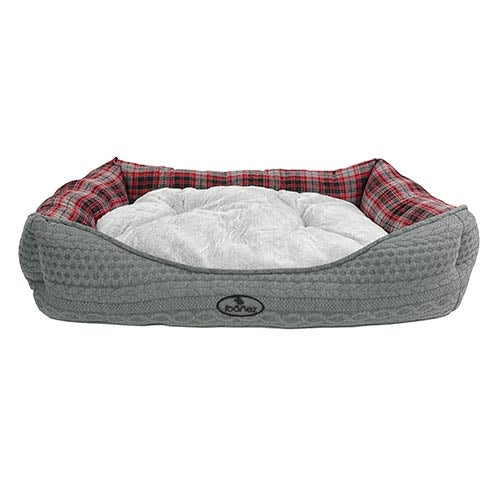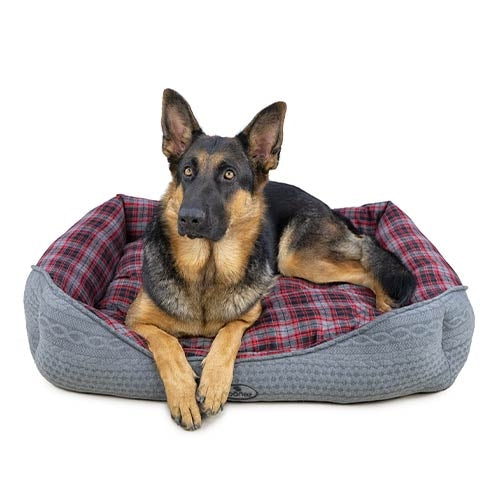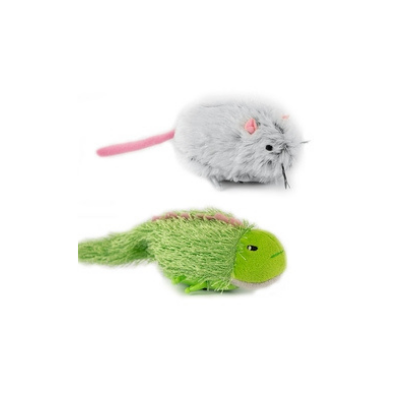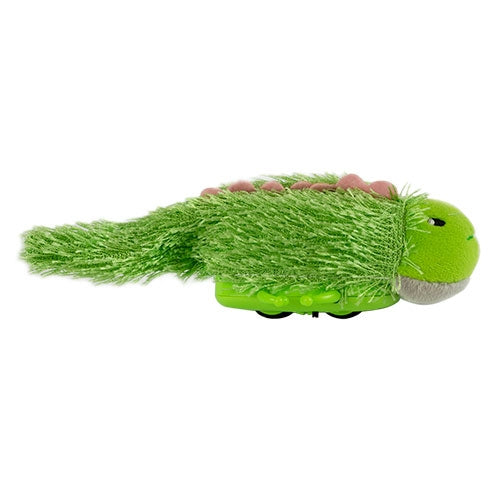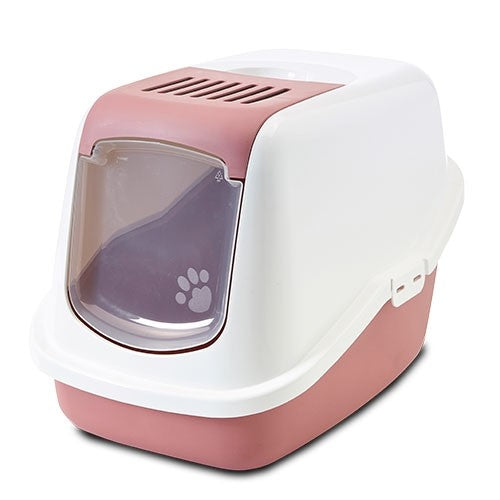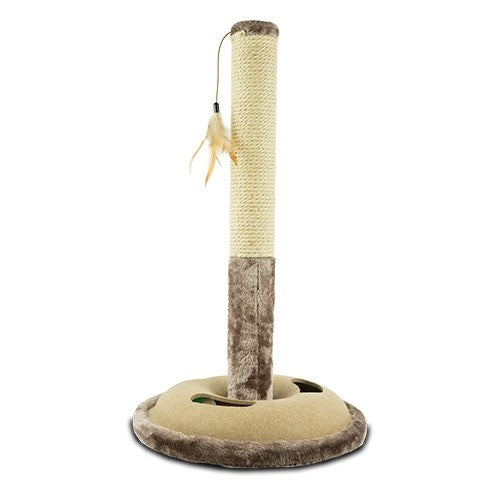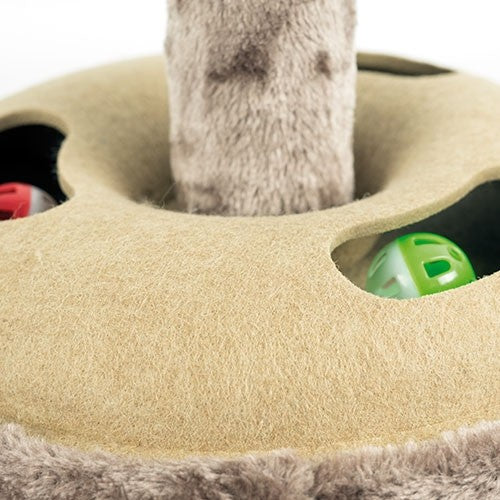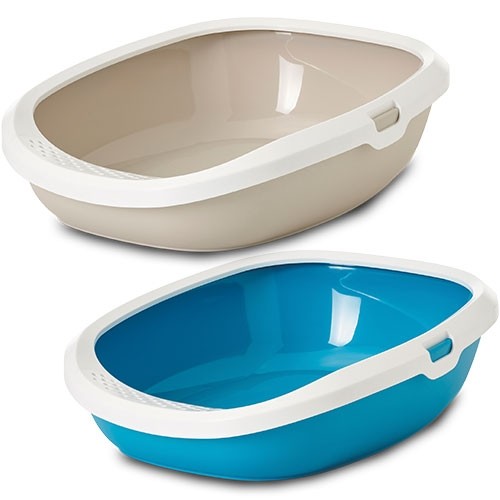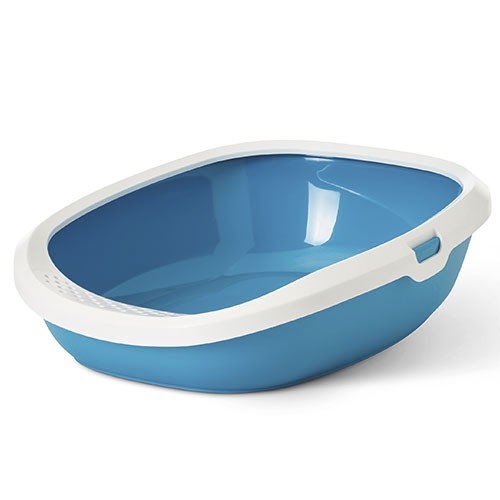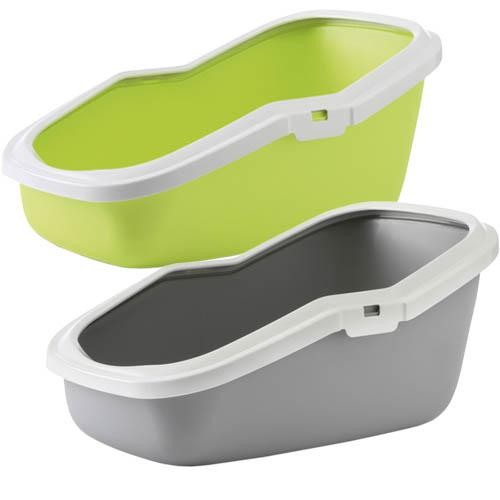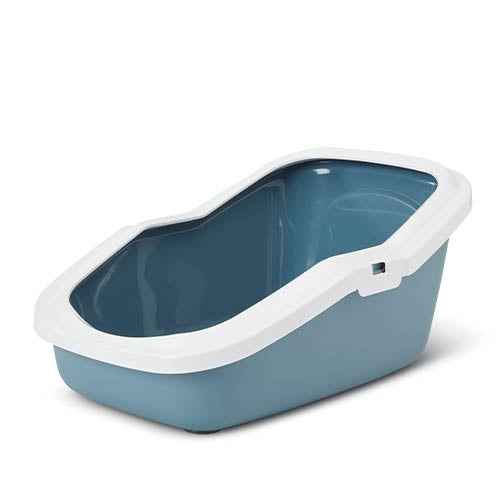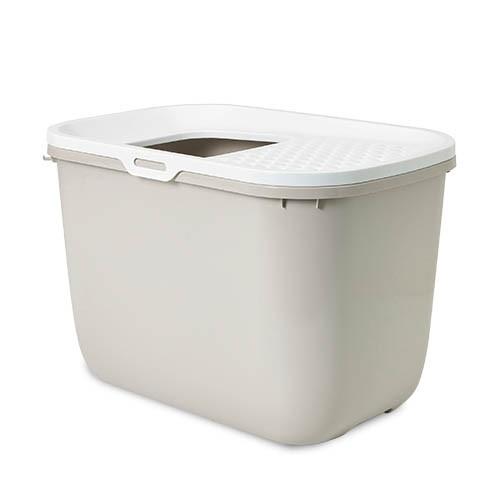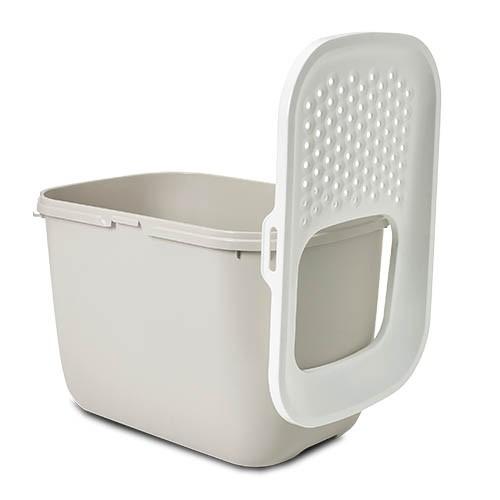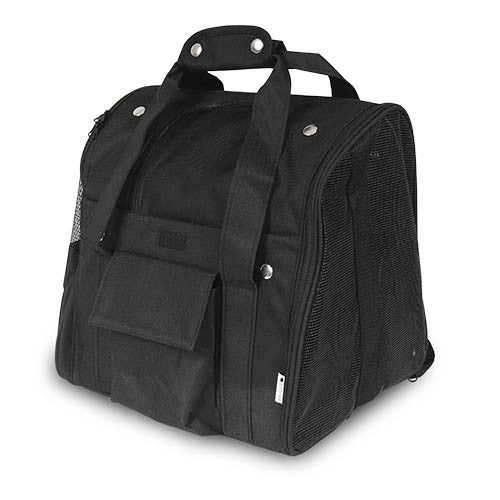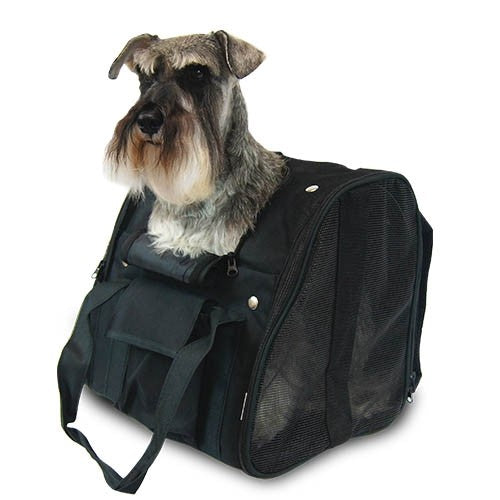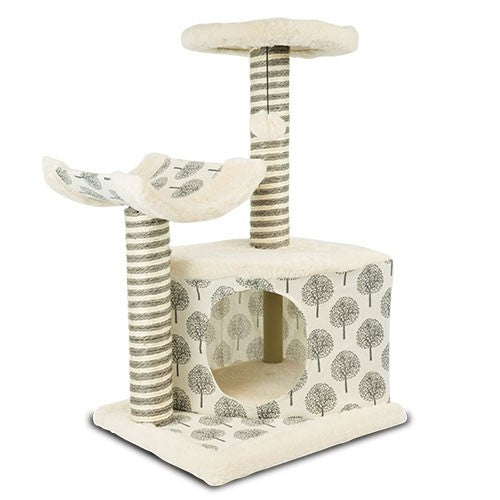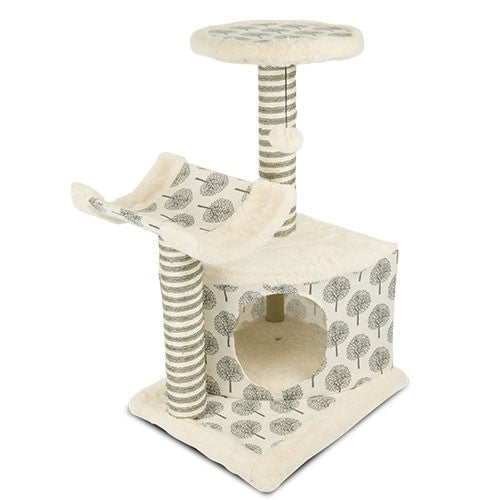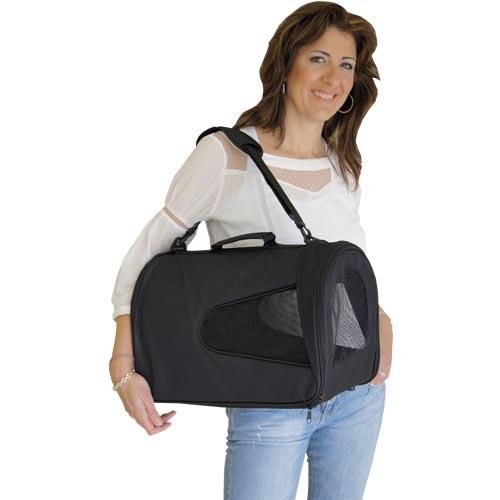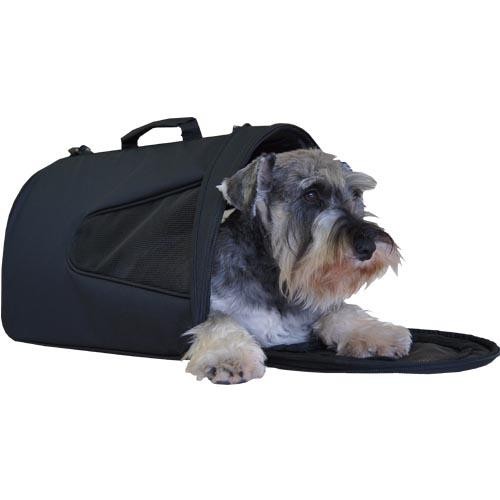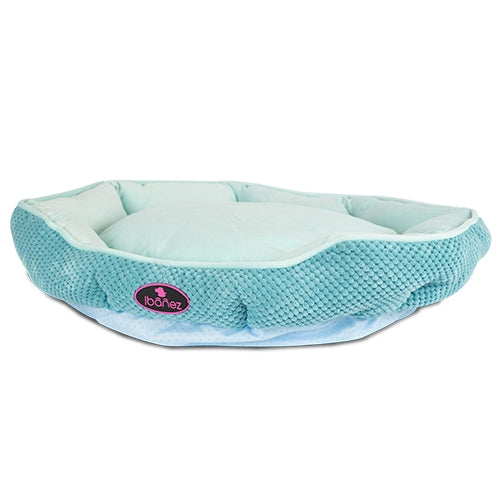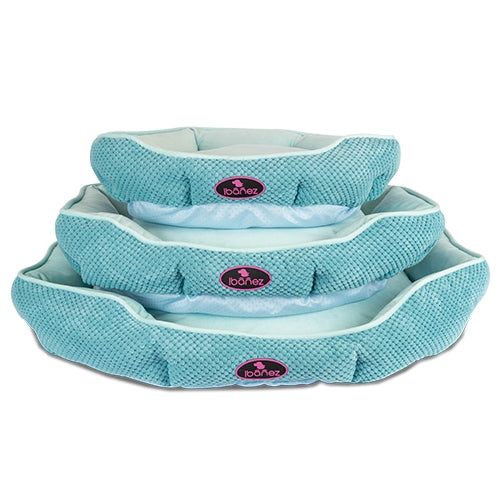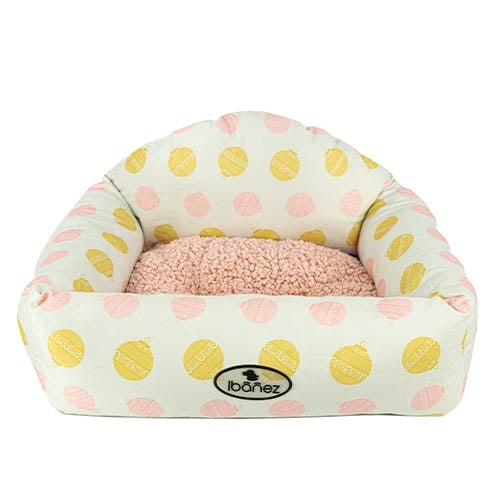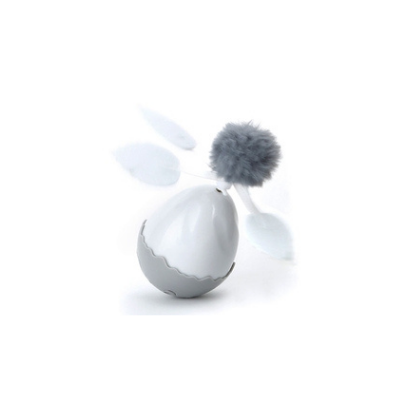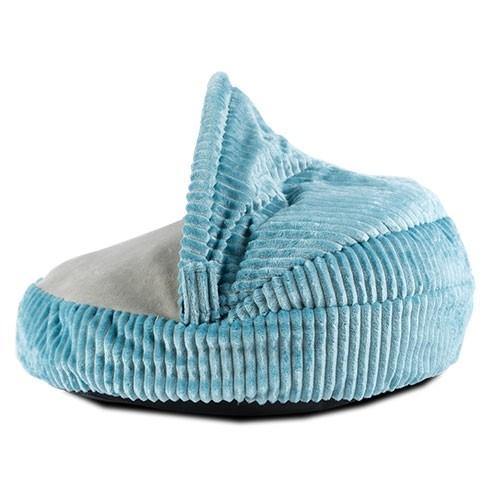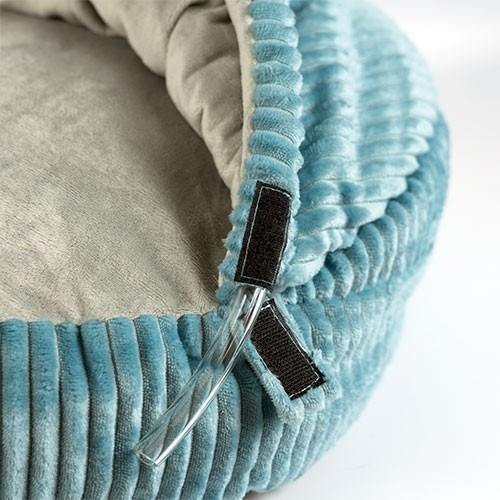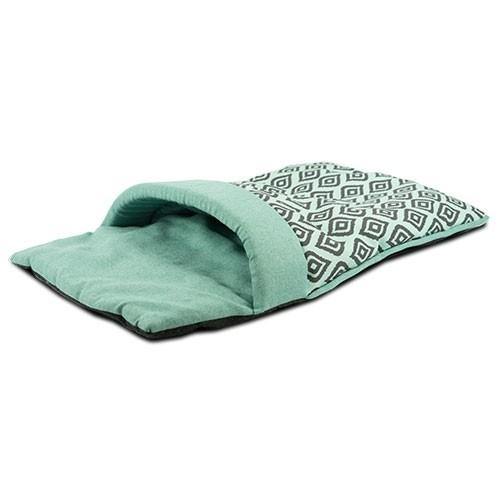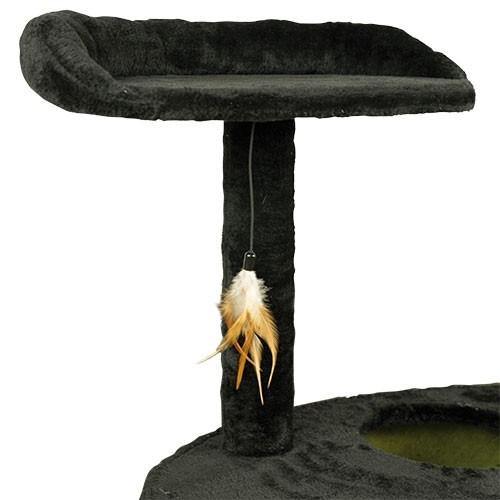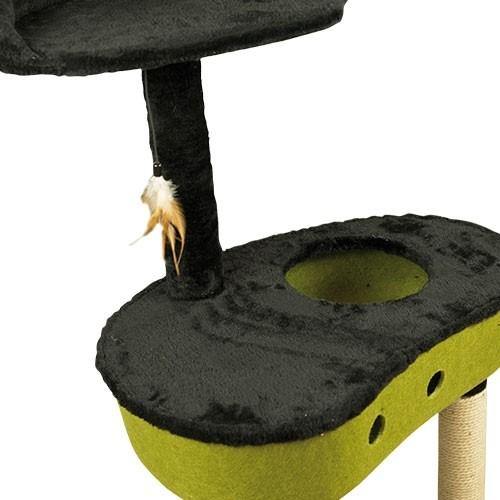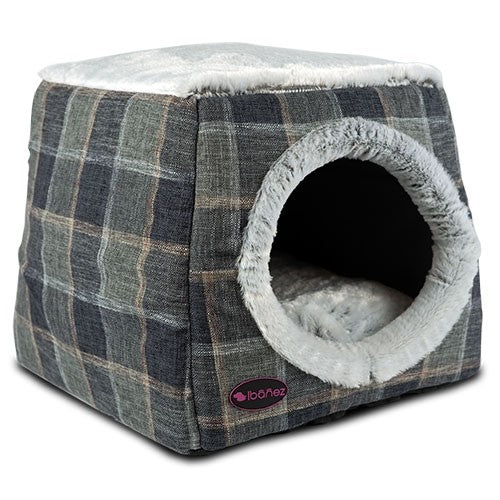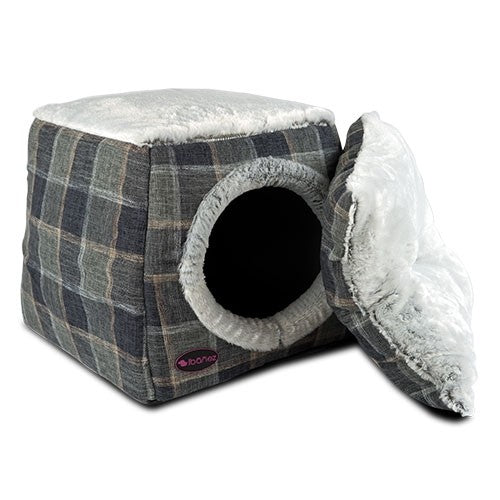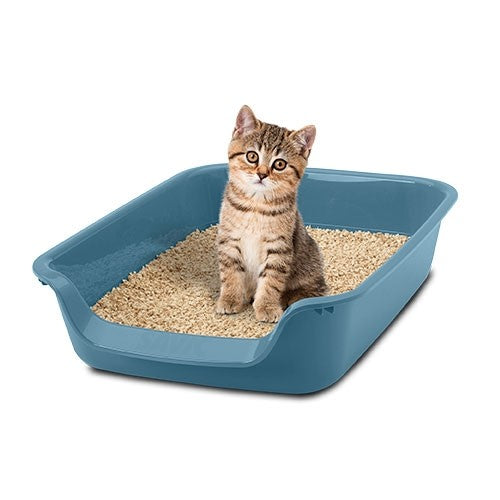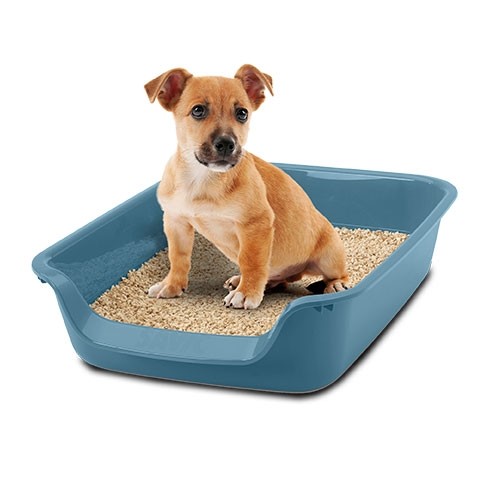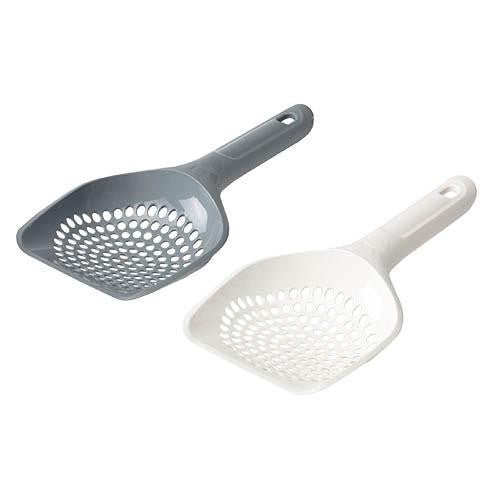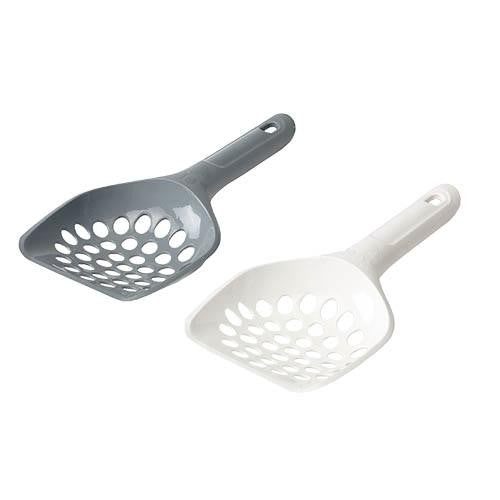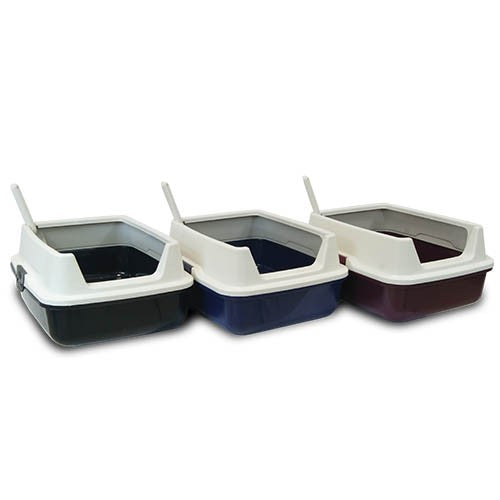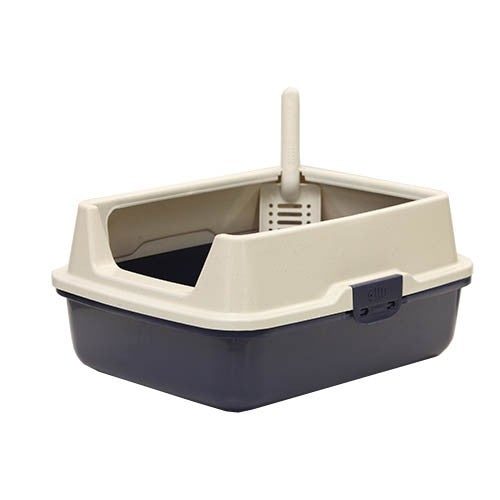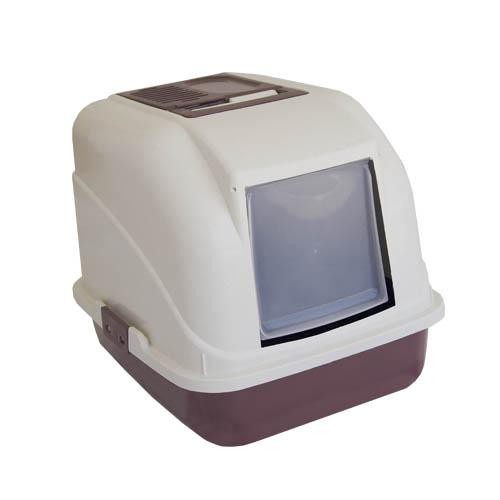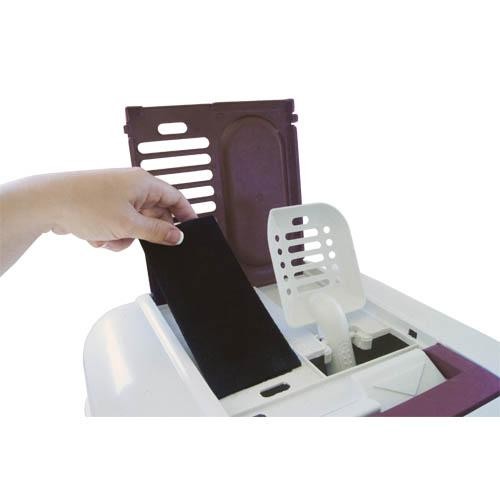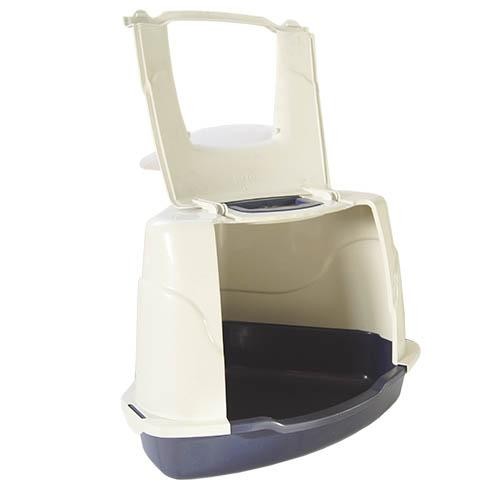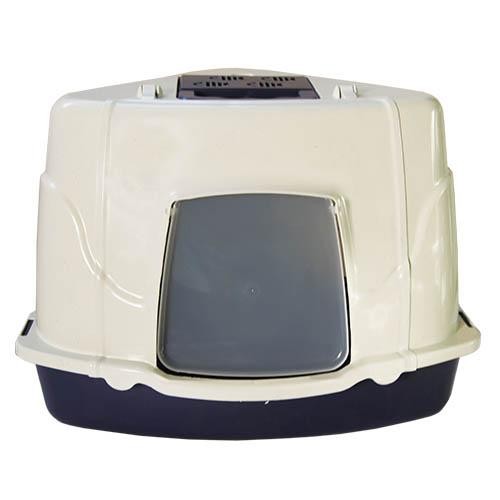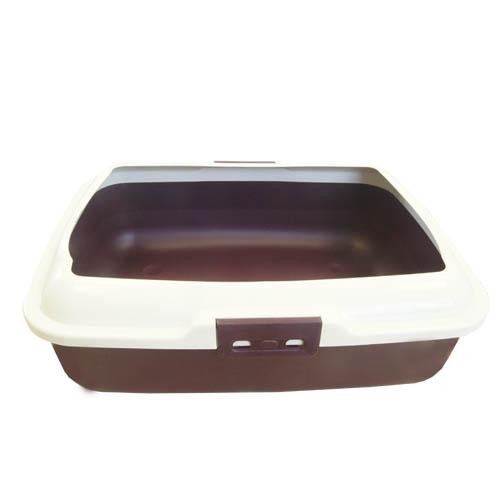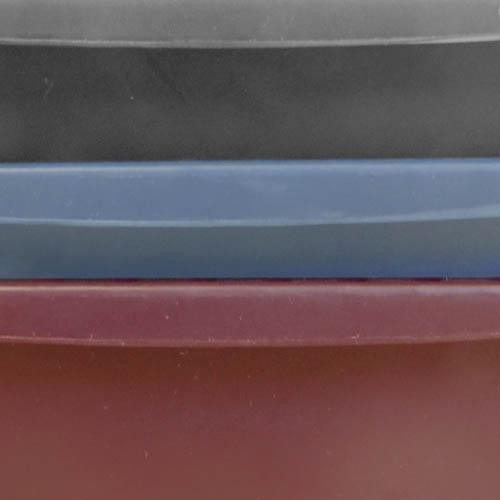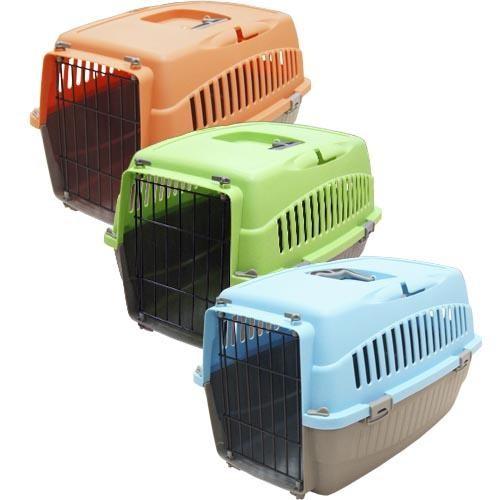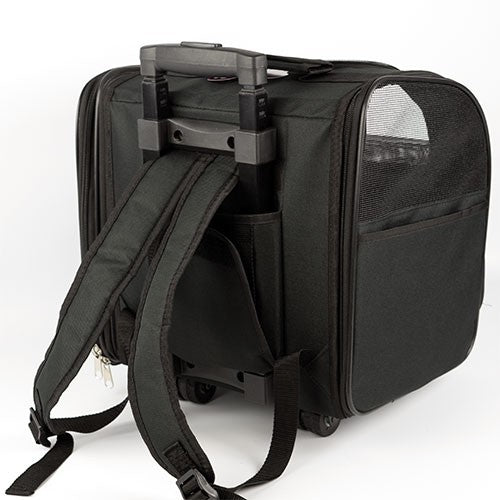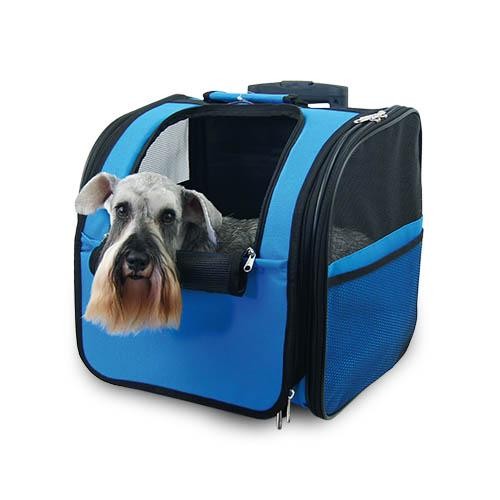100% CATS
We often tend to believe that domestic cats like big cats (lions, tigers ...) tend to eat large meals irregularly. However, a domestic cat must consume about 12 mice and therefore make 12 meals to meet its daily food needs. When giving cats commercial self-serve foods, they tend to eat 10-20 meals evenly split between day and night. The meals are slightly larger each time the food is renewed. When food distribution is time-limited, cats adapt quickly and consume larger meals.
A cat will stop eating to kill a rat. Its predatory behavior therefore takes precedence over its feeding behavior.
Cats generally like variety of tastes. In stressful situations, on the other hand, they tend to refuse novelty. This must be taken into account each time a cat is placed in a stressful situation (for example the arrival of a new cat, boarding or a change of accommodation). A sudden change in diet can nonetheless be stressful and should be gradual.
Cats prefer to eat in a quiet, clean place. The bowl should be away from the litter. If in a farm, the animals are not housed individually, it is preferable to distribute the feed in several bowls in order to avoid hierarchical conflicts.
Palatability factors in cats are protein digests, meat extracts, amino acids and animal fats. These are the natural flavors used as a coating on kibble or mixed in cans to encourage cats' appetites. Unlike dogs, cats are not sensitive to sweet tastes.
The smell of food is very important to cats, and cats spend a lot of time smelling their food before eating it. The congestion of the nasal cavities during colds can explain a clear decrease in consumption. The texture (hardness, crunchiness ...) of the food is also important for cats. Unlike dogs, cats will tend to chew their food rather than swallow it. Cats are indifferent to the color of their food.
The food intake by kittens will be influenced by their mother by mimicry. It is at the time of weaning that the kitten will develop its preferences for certain tastes, smells and texture. It is therefore important to expose kittens from weaning to the types of food that we want them to ingest in the future.
The refusal of the food
If the cat refuses the food, the problem may be:
1 the cat itself: difficult cat, illness, stress (new home, arrival from another cat ...)
2 the environment: too noisy, too hot, too dirty, bad smells
3 the food: oxidized food (rancid), mold, as well as texture, variety, taste to which the cat is not accustomed.
Recourse to a household diet is always possible, by following a rigorous approach.
What foods to choose for each cat?
As we have seen above, all cats need a diet rich in good quality protein, preferably animal protein and all the other nutrients (fats, minerals, vitamins, trace elements) in balanced proportion.The main difference will be in terms of energy intake and therefore fat, knowing that the more energy-dense a food, the more it will be concentrated in nutrients The use of "high-nutrition" foods guarantees optimal assimilation of nutrients and the quality of the raw materials.
Animals in maintenance
For cats with maintenance in good condition, it is recommended to offer a dry food "high-nutrition" moderate in energy and therefore in fat (12-14% fat), in order to avoid excessive calorie consumption and obesity.For maintenance cats who tend to be overweight, and particularly neutered cats, it is recommended to offer a low-fat "high-nutrition" dry food ( around 10% fat) and enriched with fiber to satisfy the animal's appetite while minimizing calorie consumption.
For cats who are thin, fussy or sensitive to the digestive tract, it is recommended to offer a "high-nutrition" dry food richer in fat (± 20 - 25% fat). This food is also ideal for preparing for exhibitions thanks to a greater wealth of essential fatty acids and the use of other vegetable oils such as borage. For an optimal effect on the coat, the feed should be distributed 3 to 4 weeks before exposure. It is important to adapt the rations of this food to the body condition of the animal to avoid the risk of obesity.
For all cats in maintenance, it is recommended to offer a food that promotes acidic urine and contains moderate concentrations of magnesium to minimize the risk of struvite urinary stones (see feline urologic syndrome at the end of this chapter).
Household Ration For A Cat Of 3 Kg Adult, non-castrated, moderately active.
- 70 g of red meat at 5% fat or white meat or lean fish (cod, whiting)
- 30 g of green vegetables (green beans, carrots)
- 70 g of very cooked white rice
- 1 tsp. soybean oil a day / 2
- 3 g. or a teaspoon. coffee of an A.M.V. (A.M.V. = vitamin mineral food)
Ca / p = 2 containing 15.5% Ca
This ration must be mixed, so as to avoid sorting.
Reproductive cat
Breeding cats have very high energy and nutrient requirements, especially during lactation. It is therefore recommended to distribute foods rich in fat (at least 20% fat and 4,200 kcal / kg) and nutrients from the start of gestation. Studies have shown that these foods improve female prolificacy, result in stronger kittens at birth, and lower neonatal mortality. The nutrient requirements of pregnant and lactating cats are similar to those recommended for growth. Foods formulated for growth are therefore ideal for pregnant and lactating cats.
Household rationing of the pregnant / lactating cat
Until the 5th week of gestation, feeding the cat remains the same as feeding an adult cat during maintenance. Appetite may be slightly increased.
At the end of gestation, the cat's nutritional needs increase (up to 100 kcalEM / kg of body weight), while her appetite is increasingly reduced due to the space occupied by the uterus , which compresses the abdomen and therefore the stomach
It must then receive a food dense in energy, in order to have to consume quantitatively less, rich in proteins (prodito-caloric ratio> 80 g proteins / McalEM) and in essential fatty acids, and balanced in minerals and vitamins .
An industrial feed brings simplicity of distribution and safety of contributions. However, for those who are fans of household food, or for cats who do not accept any other type of food, it is possible to distribute a balanced ration, provided to ensure that it is consumed in full, without sorting.
Example of ration for a 4 kg cat, at the end of gestation, per day, to be divided into 3 meals.
150 g of meat at 15% fat, or oily fish (salmon)
50 g of green vegetables (green beans, carrots)
50 g very cooked white rice
1 tsp. of soybean oil
4 g or one teaspoon. coffee from an A.M.V. *
presenting a Ca / P = 2 ration, containing 15.5% Ca
In lactation, the cat's nutritional needs are even higher, in particular energy needs, so high that the animal cannot consume enough, at least at the start of lactation, and will therefore lose weight, using the reserves built up during gestation. A household diet is nevertheless possible, on condition, again, to ensure the balance of the ration. The ration must be well mixed, even mixed, so that the cat, even if she does not ingest all of it, ingests a balanced food.
Example of ration for a 3 kg cat, lactating, per day, to be divided into at least 3 meals.
1 cooked egg white
300 g of meat at 15% fat, or oily fish (salmon)
40 g of green vegetables (green beans, carrots)
40 g very cooked white rice
2 tbsp. coffee from an A.M.V. * with a Ca / P = 2 ration, containing 15.5% Ca
Kitten
Feeding kittens from birth to weaning is covered in detail in the section devoted to breeding. A "high nutrition" dry food, specially formulated for growth, which contains at least 20% fat and provides all the nutrients they need, is recommended during the first year of life to ensure harmonious development. The size of the kibbles and their ability to rehydrate are also important to facilitate the intake of food by the kittens.
.
Sort by
Filters


